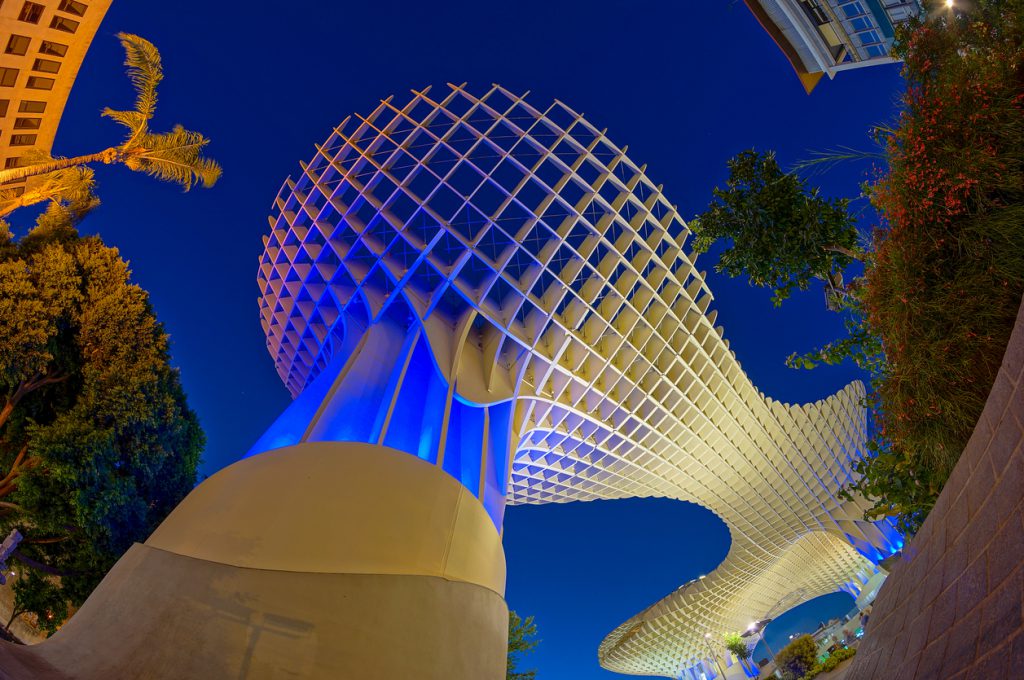The Andalusian capital is a must visit if you come to Spain on holidays. Seville is a city with a unique character, magical spots and beautiful monuments that are difficult to match. It’s also home to Spain’s largest historic centre with internationally recognised landmarks that in addition to the openness of the locals, the food, and being the world capital of flamenco, make it one of the top destinations in Europe to visit.
The city is home to dozens of landmark attractions, but we’re going to focus on some of its most emblematic monuments and sites. Our first stop is a ‘must’, Seville Cathedral, the largest Gothic church in the world and the third largest after St. Peter’s Basilica in Rome and Saint Paul’s Cathedral in London.
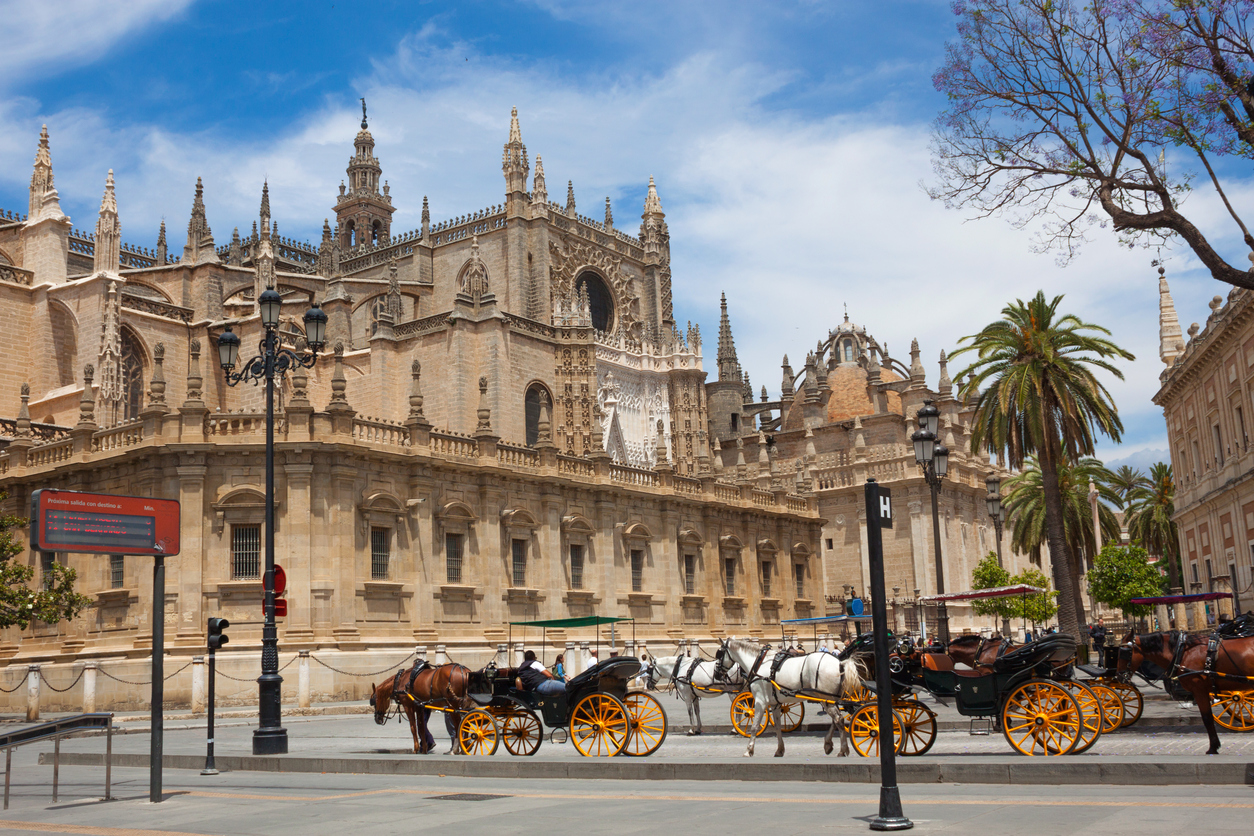
It holds the remains of prominent figures in the history of Spain including Christopher Columbus, Ferdinand III of Castile, and his son and heir Alfonso the Wise. The cathedral was built in the first half of the 15th century on the city’s old Aljama Mosque, which preserves El Patio de los Naranjos and the Giralda.
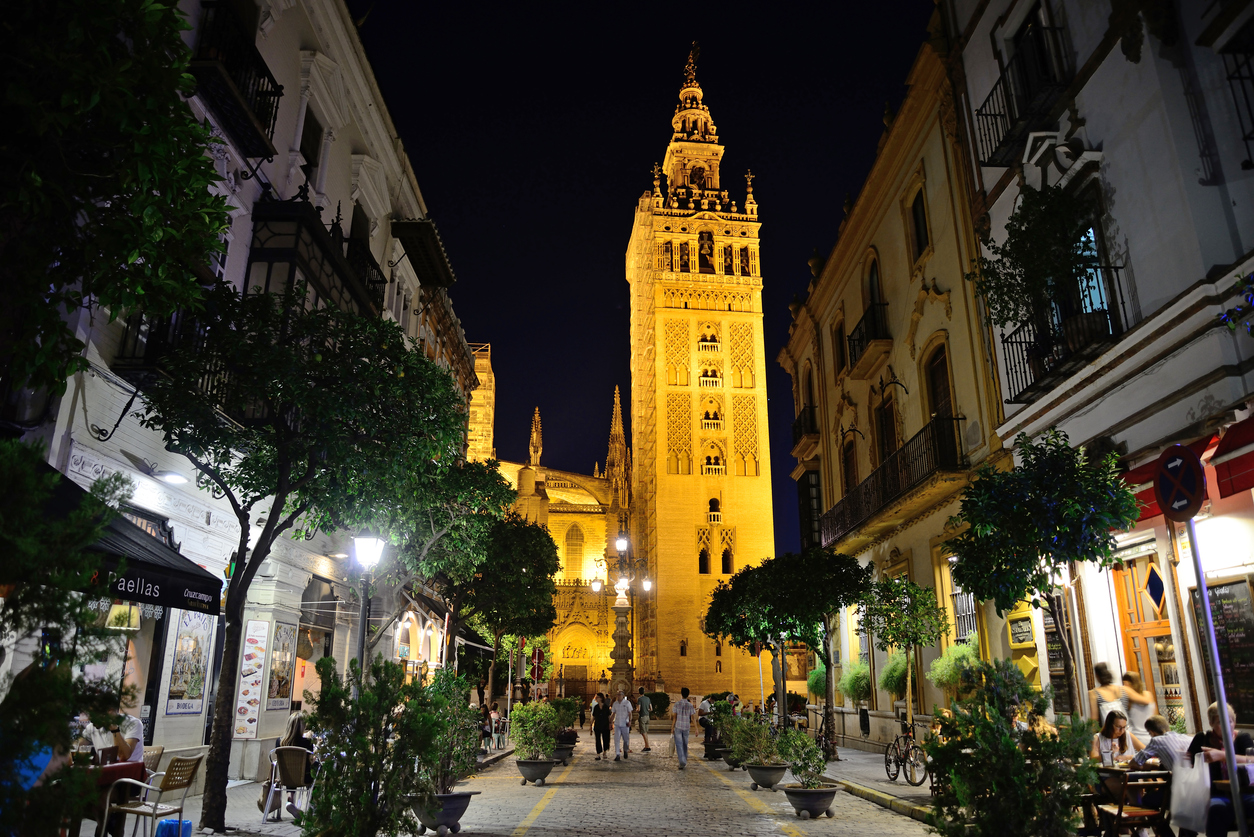
The Giralda is the bell tower of the cathedral, and when construction was completed at a height of more than 100m, it was the tallest building in the city at the time. It’s a symbol of the fusion of cultures that represent the city. Its base, the oldest part, was originally Muslim and built in 1184 by Abu Yaqub Yusuf as the minaret of the mosque. In the 16th century the belfry was added, but without any stairs, although it does contain a series of ramps, so rulers could go to the top on horseback and enjoy the views.
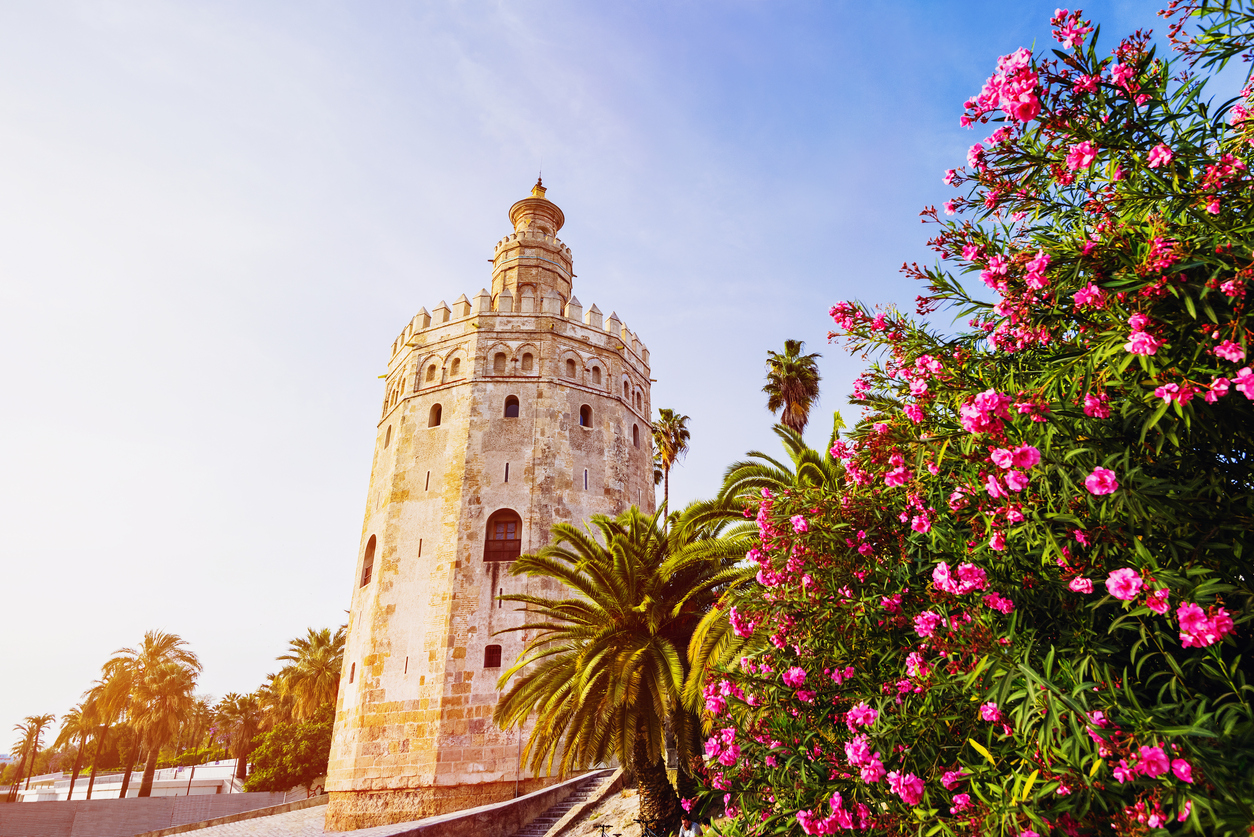
Another of the city’s landmarks is the Torre del Oro, which stands at 36m high on the banks of the Guadalquivir River close to the Maestranza bullring. The Alcázar of Seville, the name of the royal palace in the city, is also highly recommended. The palace is an excellent example of Mudejar, Gothic and Arab architecture with Renaissance and Baroque touches added later. It was also recently used as the setting for the fictional principality of Dorne in the world-famous TV series, Game of Thrones.
The Triana neighbourhood is perhaps the most authentic and Sevillian in the city. Located on the west bank of the river and connected to Seville by the iconic Isabel II bridge, this is a must for any tourist visiting the city. Calle Betis, the street takes its name from the Latin name for the Guadalquivir River, offers a panoramic view of the city, and is also home to some of the city’s best tapas and flamenco bars.
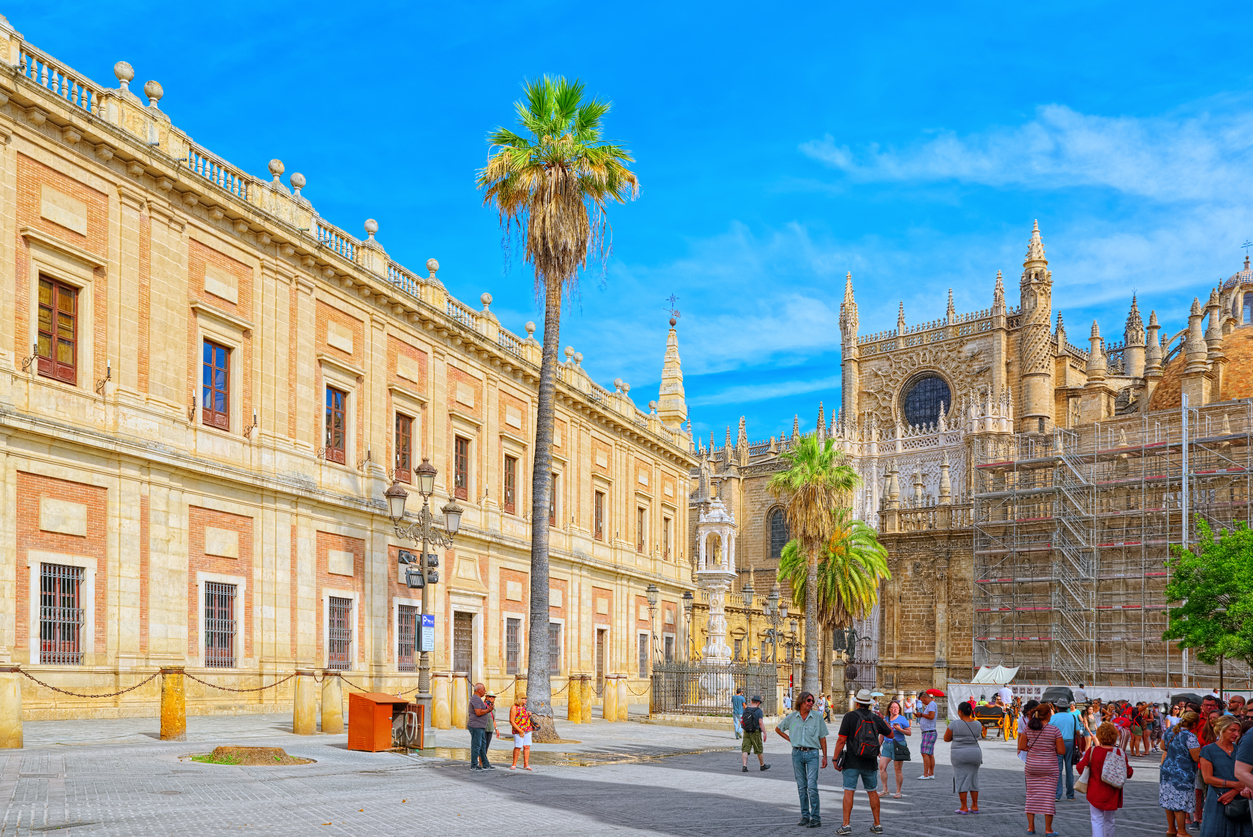
The General Archive of the Indies, which dates back to the end of the 16th century, is another important historical place to visit. It was a repository for all the documents created by the Spanish Empire’s overseas territories. King Charles III requested that the archives were to be kept here and today it houses 43,000 files, 80 million pages and more than 8000 maps and drawings.
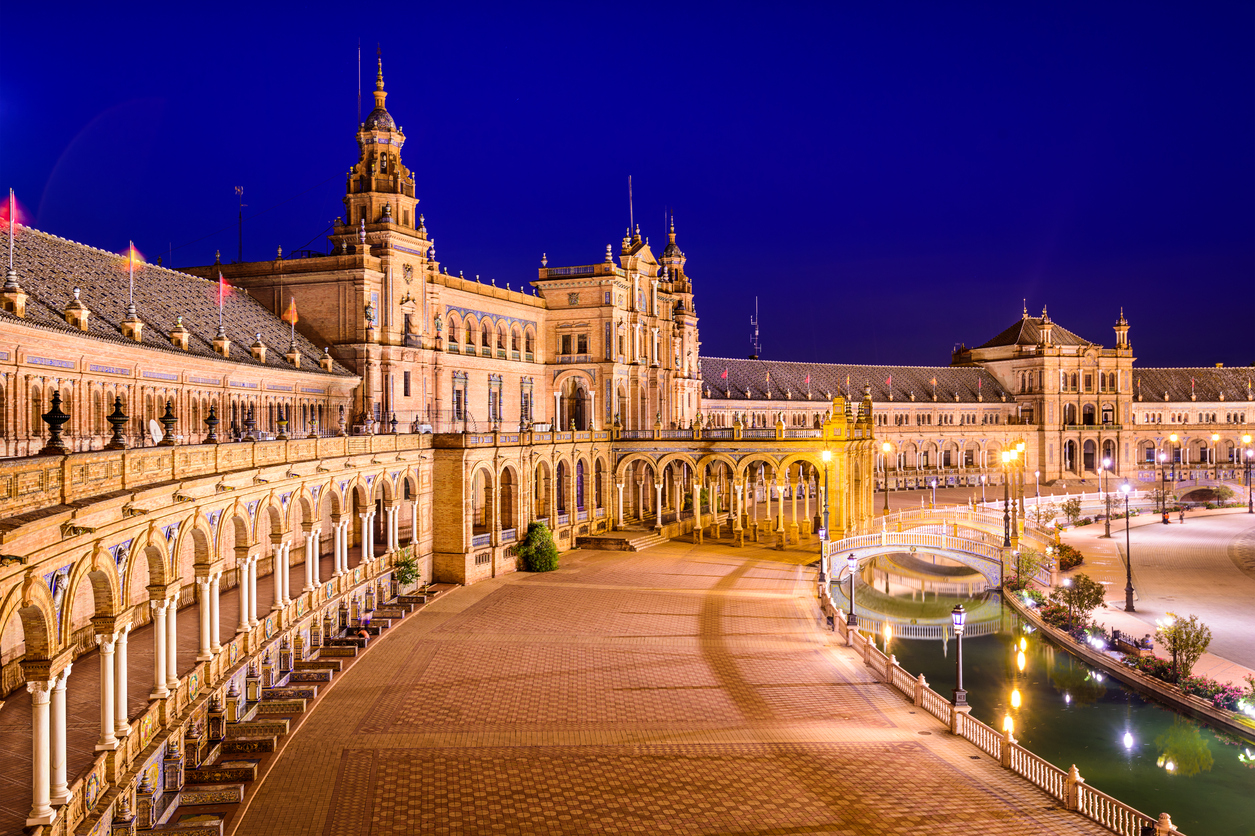
Another of the city’s iconic spots is Plaza de España in the Parque de María Luisa. Designed by the architect Aníbal González, it contains a collection of ceramic tiles representing each and every one of the provinces of Spain. It has also been used as a film location, including the famous Star Wars by George Lucas.
The Santa Cruz neighbourhood is perhaps the liveliest in the city and a great place to lose yourself and wander around. This is where the Jewish settled in the city after it was reconquered from the Muslims by Ferdinand III of Castile. The neighbourhood is full of interesting spots, fountains and a labyrinth of saffron-scented narrow streets that are distinctly Sevillian.
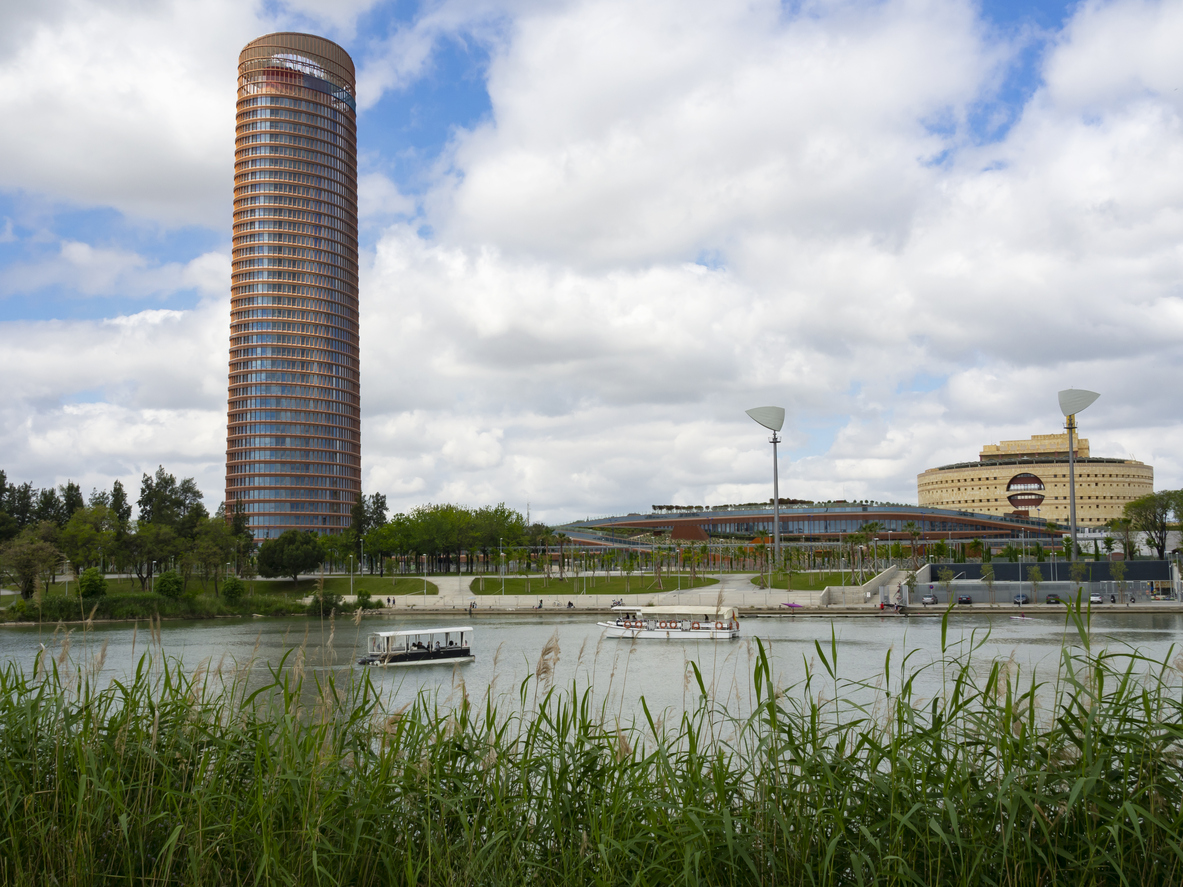
We’d also like to pay special mention to the city’s most modern monument, the Metropol Parasol, known locally as las setas (the mushrooms). A visit to this wooden structure located in the central Plaza de la Encarnación is highly recommended. Make sure to take the lift to the viewing area at the top and enjoy incredible panoramic views of the old town and other landmarks like the Seville Tower office skyscraper, which is also known as the Pelli Tower, in reference to the Argentinian architect and designer César Pelli.



